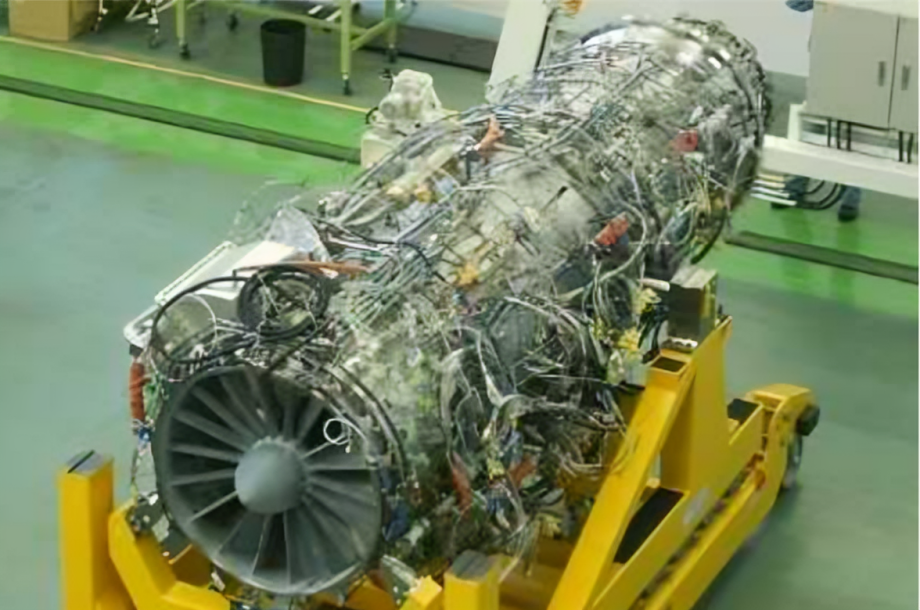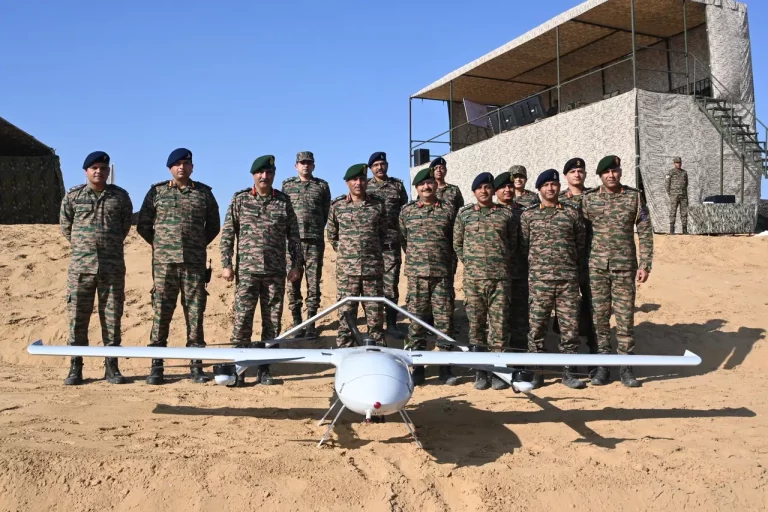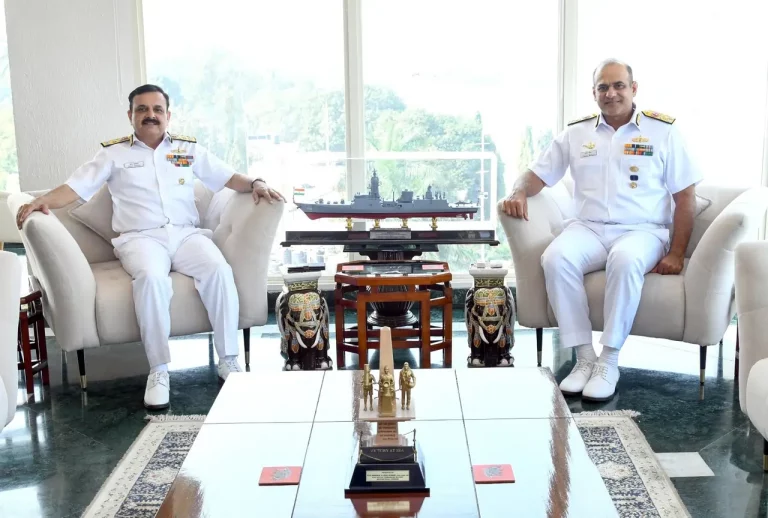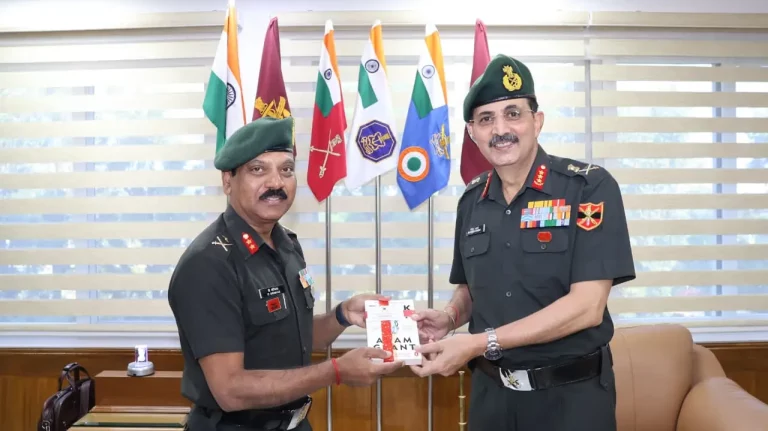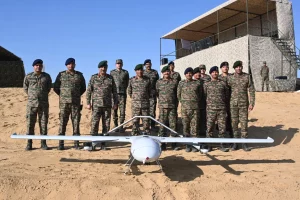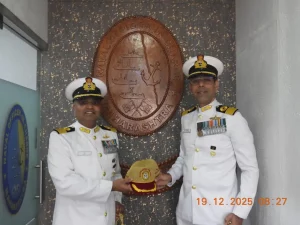In a pivotal development for India’s defense sector, Japan has officially proposed the IHI XF9-1 jet engine for the Indian Air Force’s Advanced Medium Combat Aircraft (AMCA) program. This groundbreaking offer includes full technology transfer, co-development, and the prospect of local production of the engine, which holds the potential to significantly enhance India’s air combat capabilities.
With this initiative, Japan joins the ranks of three other nations— the United Kingdom, France, and the United States— that are vying to supply engines for India’s upcoming 5.5-generation stealth fighter. The IHI XF9-1 has been developed by IHI Corporation in collaboration with Japan’s Acquisition, Technology & Logistics Agency (ATLA). It is recognized as one of the most advanced low-bypass afterburning turbofan engines globally.
The XF9-1 boasts an impressive dry thrust of over 11 tons (107 kN) and can produce more than 15 tons (147 kN) with afterburner, showcasing scalable capabilities that can reach up to 20 tons (196 kN) of thrust. Its streamlined, high-power design improves internal fuel and weapons carriage, crucial for preserving stealth characteristics and extending mission range. Furthermore, the engine is optimized for supercruise, enabling sustained supersonic flight without the use of afterburners, a vital feature for next-generation fighters.
Japan’s proposal emerges amidst various delays and uncertainties surrounding existing international engine collaborations, notably those involving the GE F414 engine. The Japanese offer provides India an opportunity to accelerate the AMCA program’s timeline while gaining access to advanced materials, precision engineering, and superior thermal management technologies.
This collaboration also indicates a strengthening of Indo-Japanese strategic ties, especially within the Indo-Pacific region. Experts suggest that such a partnership could have significant long-term geopolitical ramifications, positioning both nations as leaders in aerospace technology. The modular design of the XF9-1 allows for tailored configurations, including adaptations for reduced heat signatures and enhanced fuel efficiency, aligning perfectly with the AMCA’s stealth and performance requirements.
While the proposal is currently under evaluation, defense analysts consider the IHI XF9-1 a strong contender due to its high performance, adaptability, and Japan’s willingness to engage in deep cooperation. The final decision will depend on several factors, including the technical fit, the depth of technology transfer, and how well it aligns with India’s Aatmanirbhar Bharat (self-reliant India) initiative.
Should the partnership be finalized, it could signify a landmark achievement in India’s pursuit of self-sufficiency in fighter jet engine technology, significantly bolstering its position in the global defense aviation landscape.
